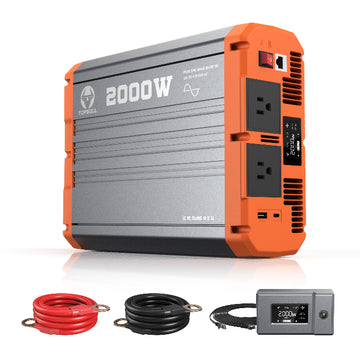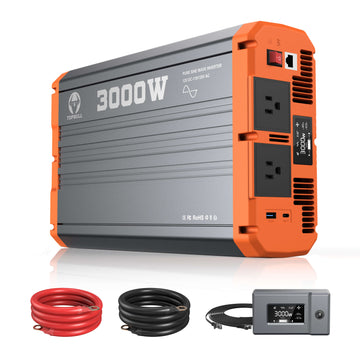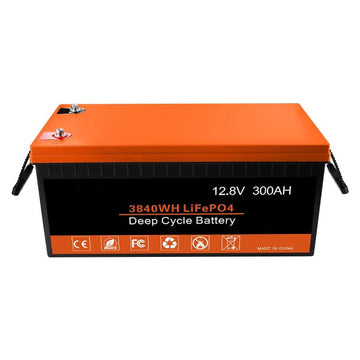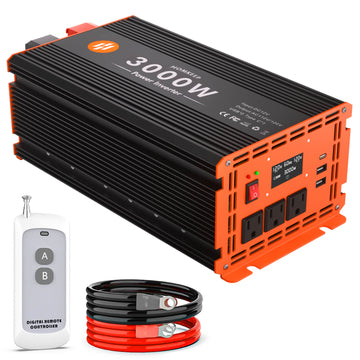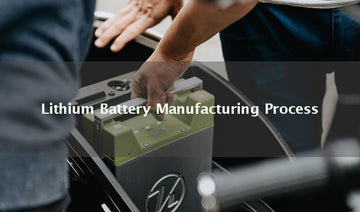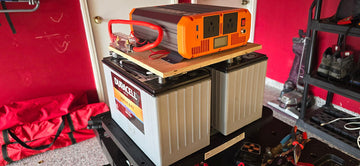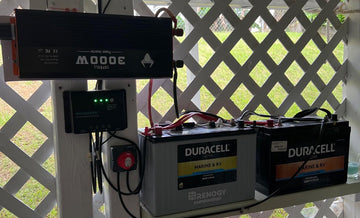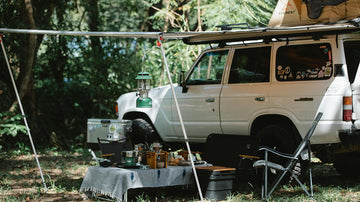Lithium-ion batteries are used in many applications, including mobile phones, laptops, electric vehicles, and solar energy systems. How are lithium-ion batteries made and ultimately used? The production of lithium-ion batteries involves complex chemical, mechanical, and electrical processes to ensure safety, efficiency, and performance. Here are the key stages in the production of lithium-ion batteries, from the extraction of raw materials to the final assembly of the cell.
Raw material extraction for lithium cell
The manufacturing process involves several steps, including the production of anodes, cathodes, electrolytes and diaphragms, and the assembly of these components into complete cells. Once assembled, the batteries are formed and tested to ensure they meet specific performance criteria.
The first step is to understand the raw materials used to make lithium-ion cells, and according to the National Renewable Energy Laboratory, "key raw materials used in the manufacture of lithium-ion cell include lithium, graphite, cobalt and manganese". Once these materials have been sourced, specific electrode materials must be synthesized through chemical reactions. This may involve mixing, heating, and cooling the base metals and adding lithium, graphite, and other binder materials as required.
Electrode
The raw materials used to make positive electrodes vary depending on the type of battery. Common cathode materials include lithium cobalt oxide (LiCoO2), lithium iron phosphate (LiFePO4), or nickel manganese cobalt oxide (NMC), depending on the battery type. The cathode absorbs hydroxide during charging and releases it during discharging.
Manufacturing process: Positive electrode materials are typically manufactured using a coating process in which the active material (e.g. lithium cobaltate) is mixed with a conductive agent and binder and then applied to an aluminum foil or other electrically conductive substrate, followed by drying and pressing.
Negative electrode
The negative part of the battery is made of graphite or sometimes silicon. The anode releases electrons through an oxidation reaction. Lithium-ion batteries typically use graphite, a carbon (C) material with a layered structure that allows lithium ions to move in and out during charging and discharging. Alternatively, we can use lithium as the anode, but this has some challenges. It also costs more than the cheaper and more readily available graphite.
Manufacturing process: The manufacturing process for negative electrode material involves mixing graphite powder with a binder, coating it onto copper foil or another conductive substrate, drying it, and pressing it.
Diaphragm
The diaphragm is an important element in a battery, acting as a safety barrier between the positive and negative terminals. Manufacturers use polyolefin-based materials such as polyethylene, polypropylene, and polyvinyl chloride. They also use the popular polyethylene and polypropylene blends.
Electrolyte
The electrolyte acts as a medium to allow the lithium ions to flow smoothly from the cathode to the anode and then from the anode to the cathode. The purpose of the electrolyte is to reduce electrical resistance so that the battery can operate for long periods. Electrolytes are usually organic liquids or polymer solids containing lithium salts. Common organic electrolytes are carbonate compounds.
Battery casing
Typically made of plastic, rubber, or silicon, a strong battery case protects the battery, internal wiring, and BMS from external elements that can interfere with battery function.
Production steps for lithium cells
So how are the lithium battery cells made? The anode and cathode start separately on a large assembly line. This is to avoid any cross-contamination. They are mixed with a conductive binder to form a slurry, and then foil (aluminum for the cathode, copper for the anode) coats the anode and cathode. A special oven bakes the foil onto the electrodes.
Then it's time to wind the cell together and attach the terminals. The manufacturer adds vents and other safety measures, and adds the electrolyte through a vacuum (it reacts to oxygen, so it can't come into contact with air). Once the manufacturer has closed the case, the cell can be charged and tested.

Battery pack assembly
The large lithium batteries we see are made up of many smaller cells. Each cell contains an anode, cathode, and electrolyte, which manufacturers assemble into battery modules to produce the desired voltage. Let's look at how these individual cells are assembled into a battery pack.
Cell Selection
Battery selection is very important when selecting cells for a Lithium-ion battery pack. Each Li-Ion battery should have the same capacity, chemistry, and voltage as there can be Lithium Ion (Li-ion), Lithium Polymer (LiPo), Lithium Iron Phosphate (LiFePO4), and Nickel Metal Hydride (NiMH) cells. It is therefore important to measure each battery with a multimeter and to read its brand name and description. When selecting a LiPo battery, it is also necessary to calculate the total voltage and capacity of the battery.
Battery configuration
There are two ways of connecting the batteries. Either in series (the positive terminal of each cell is connected to the negative terminal of the other cell) or in parallel (the positive terminal of each cell is connected to the positive terminal and the negative terminal is connected to the negative terminal). Series connection increases the overall battery voltage and capacity. On the other hand, the parallel connection will only increase the battery capacity.
Soldering lithium batteries
Now we can connect all batteries by spot welding. However, if spot welding is not available, soldering is an alternative method. However, soldering generates heat, so precautions must be taken when soldering the batteries.
Isolation and BMS installation
The final step is to isolate the batteries in a robust battery compartment and then use a battery management system (BMS) to perform several important functions. It prevents deep discharge and overcharge of the battery and balances the lithium cells.

Lithium-ion battery manufacturing challenges
Lithium-ion batteries present a risk of fire or explosion if they are not manufactured correctly. Precautions must be taken to protect the health of workers and end users.
The cost of producing lithium-ion batteries is high, largely due to the rare metals and expensive materials used, such as lithium and cobalt. Several other factors come into play, including the quality of raw materials used, manufacturing methods, and production volumes.
To ensure reliability and consistency, lithium-ion batteries require stringent quality control procedures. Any deviation in the manufacturing process can lead to defects that can affect the performance and safe working of the battery.
The production and recycling of lithium-ion batteries has an impact on the environment. To minimize the environmental impact of battery production, manufacturers have been looking for sustainable manufacturing techniques.
The raw materials required to produce lithium-ion batteries are difficult to source and their costs are unstable. Supply chains that rely on rare metals such as lithium and cobalt may be at risk of supply shortages or changes. To avoid production delays and cost overruns, manufacturers must ensure a stable supply of raw materials and manage the supply chain effectively.
FAQ
Q: Can lithium batteries be recycled?
A: Yes, lithium batteries can be recycled and reused. As lithium batteries contain valuable resources such as lithium, cobalt, nickel, and aluminum, recycling these materials is important for resource utilization and environmental protection. At present, the recycling process is still relatively new, challenging, and costly.
In addition, lithium batteries are a relatively new technology with a long lifespan. Many batteries have not yet reached the end of their useful life and therefore do not need to be recycled. As more and more batteries need to be recycled, improving recycling processes is critical to creating a sustainable future for our natural resources.
Q: How can different voltages and capacities of lithium batteries be realized?
A: Individual lithium batteries typically have a voltage of 3.7V. If you connect these batteries in series, the voltage and capacity increase exponentially. But let's say you connect 3.7V batteries in parallel. In this case, it would only increase the total capacity of the batteries, while the voltage would still be 3.7V.
Q: Do lithium-ion batteries explode?
A: Lithium batteries rarely explode in normal use. They can overheat and explode if they are damaged, misused or made from inferior materials. Safety measures taken during assembly (such as spot welding and the incorporation of a battery management system) are essential to prevent the battery from exploding or failing.

